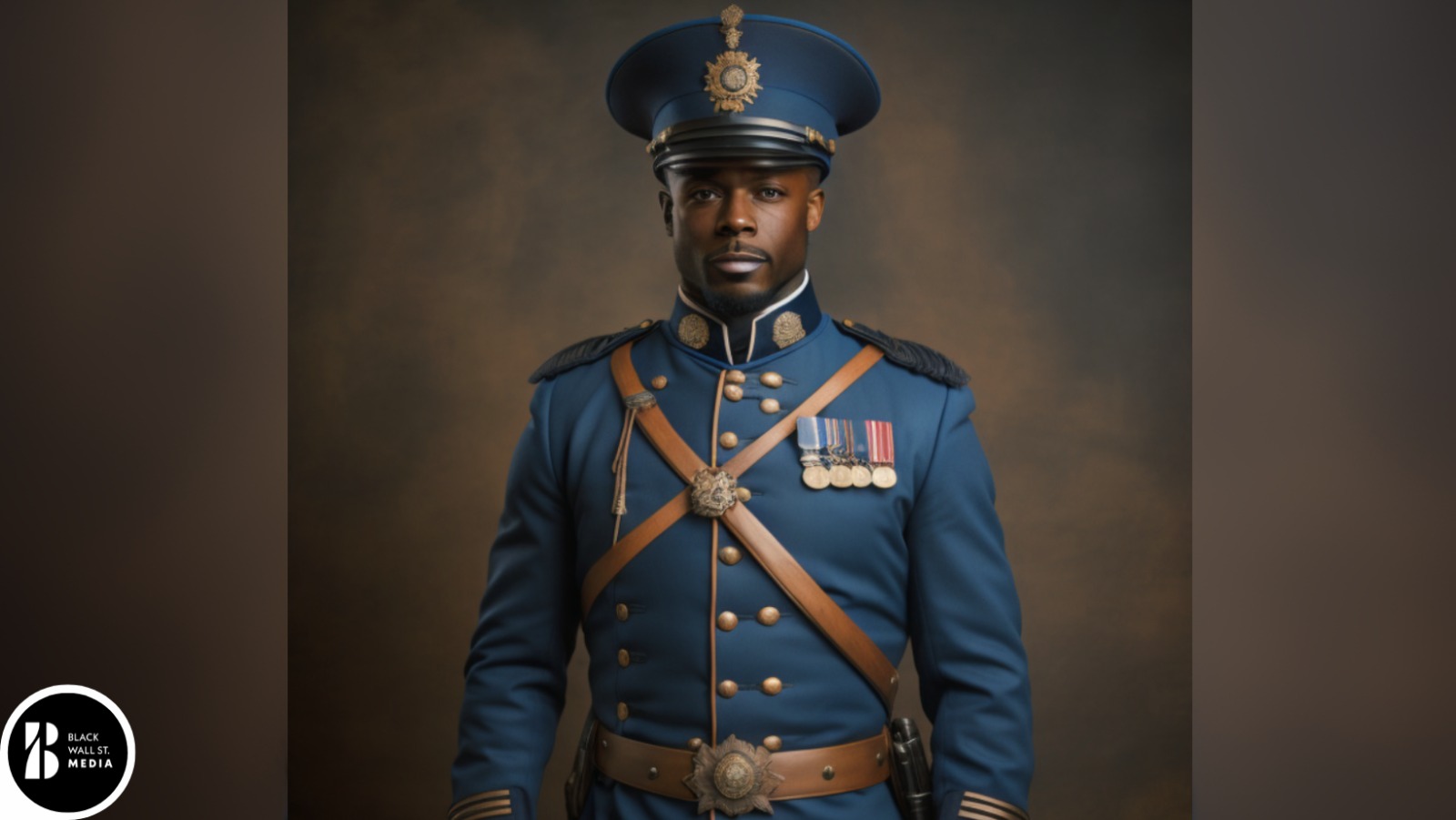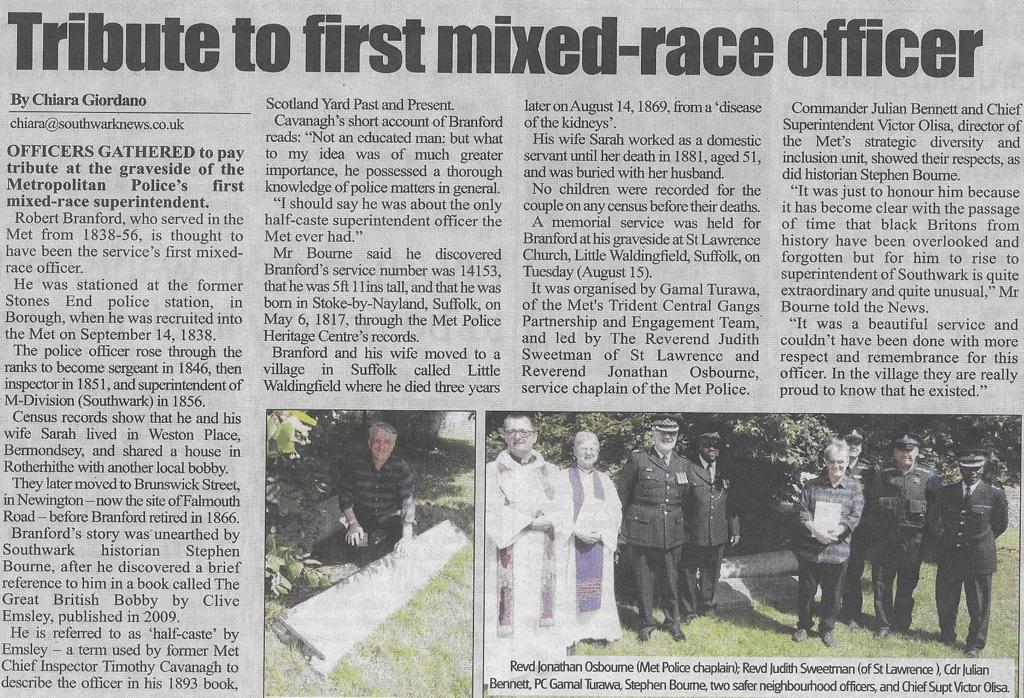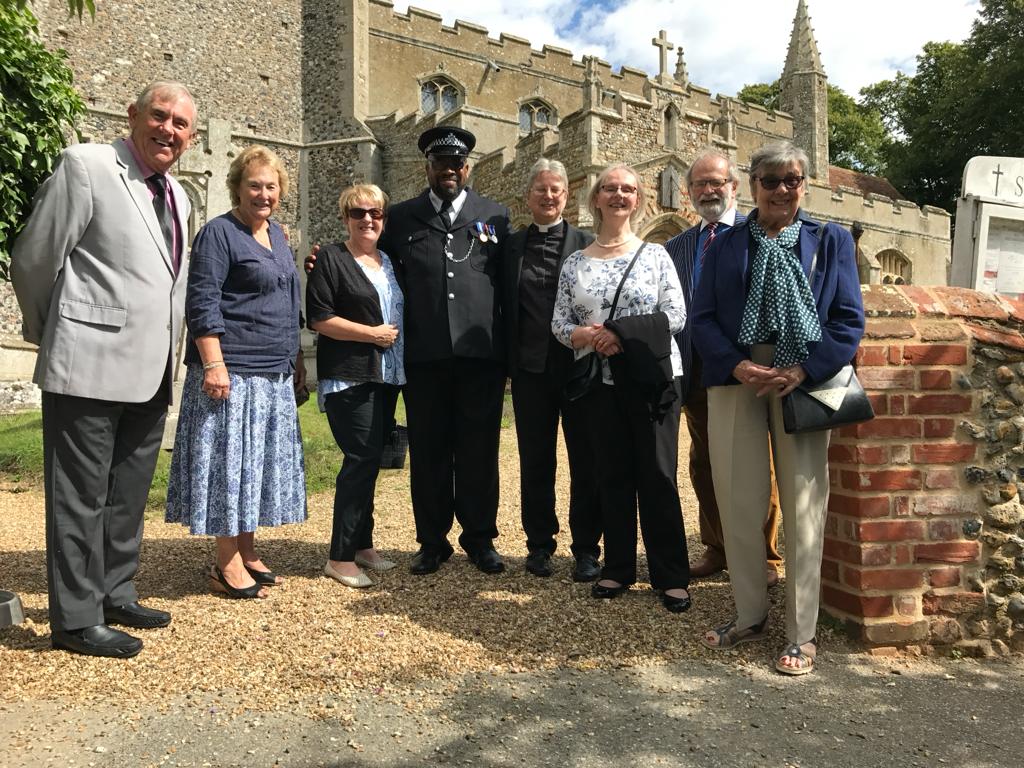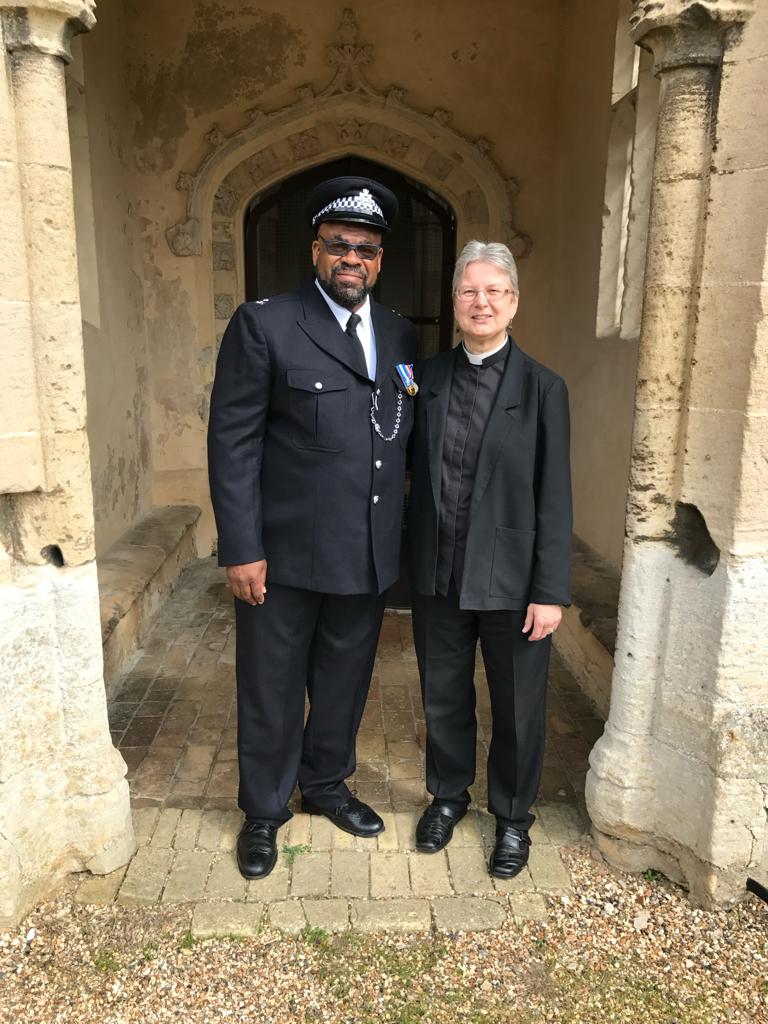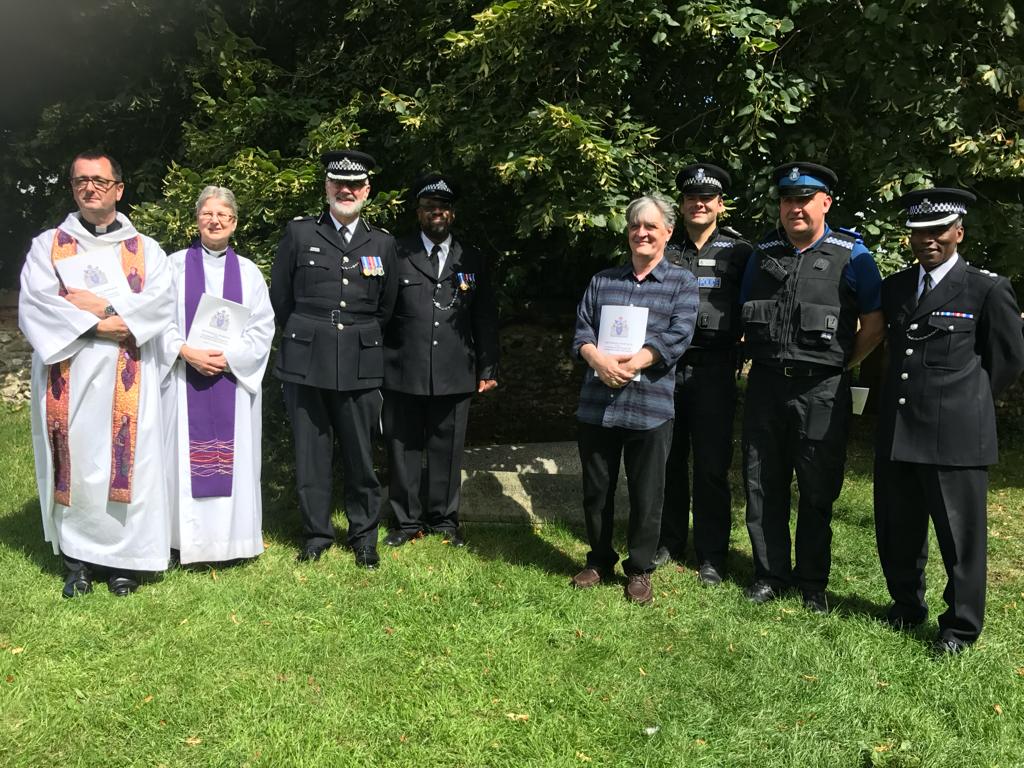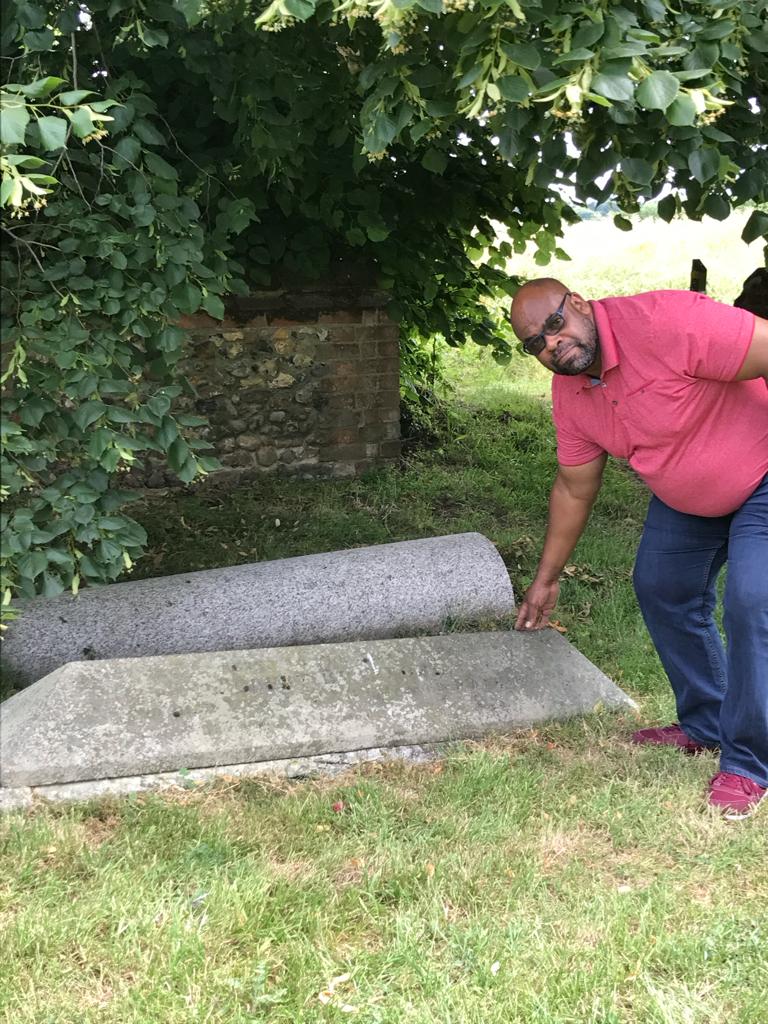HISTORY
The Extraordinary Journey of the Met's First Black Superintendent
“Dreams are the blueprints of reality; only when we dare to envision the impossible can we build the extraordinary.”
Black Wall St. MediaContributor

In the history of Britain’s Metropolitan Police, certain figures stand tall, breaking barriers and changing perceptions.
Robert Branford is one such figure whose tale defies many preconceived notions about race relations in 19th-century Britain.
Born in Stoke by Nayland in Suffolk on 6 May 1817, Branford would go on to make history within the Metropolitan Police. But to understand the man, one must start at his beginnings.
From Constable Country to London’s Streets
Branford was born in what’s often referred to as Constable Country, named after the renowned English landscape painter.
This region, marking the Suffolk-Essex border, has been immortalized in art for its picturesque landscapes. Yet, it’s also the birthplace of a man who would carve out a distinct place in history.
Details from the Metropolitan Police’s Heritage Centre paint a vivid picture of Branford. With a towering stature of 5’ 11”—considerably tall for the era—and a service number 14153, his records set him apart.
Life eventually took him to Valentine Place near Blackfriars in south London, where he lived with his wife, Sarah. It was here, in 1838, that he embarked on a journey with the Metropolitan Police, a journey that began at Southwark’s Stone’s End Police Station on Montague Street.
Rediscovering Robert Branford
The recognition of Branford’s historical significance owes much to Stephen Bourne, who stumbled upon his mention in Clive Emsley’s
“The Great British Bobby, A History of British Policing from 1829 to the Present”. Published in 2009, and later revised in 2010, the book delved deep into the annals of British policing. Emsley’s description of Branford as “half-caste” or mixed race showcased a remarkable aspect of his identity, especially considering the societal prejudices of the era.
Emsley’s source, Timothy Cavanagh, a former Met chief inspector, further illuminated Branford’s profile in his memoir, “Scotland Yard Past and Present. Experiences of Thirty-Seven Years”.
Published in 1893, Cavanagh highlighted Branford’s exceptional policing skills. His acknowledgment that Branford might have been the only mixed-race superintendent the Met had ever seen underscored the magnitude of his achievements.
A Career Defined by Progress
Branford’s time with the Met witnessed a steady and commendable ascent. From his promotion to sergeant in 1846 to becoming an inspector by 1851, his prowess was evident.
His crowning achievement came in 1856 when he was appointed the superintendent of M-Division in Southwark. A decade later, in 1866, Branford bid adieu to his illustrious career.
Details from the Heritage Centre’s records add layers to Branford’s personal narrative.
They list Hannah as his mother and Daniel as his stepfather.

No photograph of Superintendent Branford has been located. (AI CREATED IMAGE) He had black hair, dark eyes, and a dark complexion.
Physical descriptions spotlight a man with black hair, dark eyes, and a deep complexion—a reminder of the diversity that has always punctuated Britain’s historical tapestry.
Census records further shade in the details of Branford’s personal life. Alongside his wife, Sarah, he moved through various residences, from Weston Place in Bermondsey to Brunswick Street in Newington, even sharing a home with a fellow officer in Rotherhithe.
The records, however, show no mention of any children.
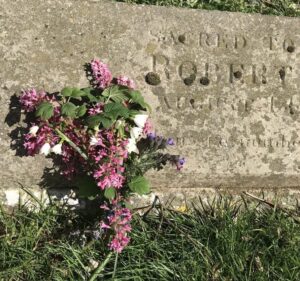
Upon retirement in 1866, he and his wife moved to Little Waldingfield, Suffolk, where he passed away in 1869 due to kidney disease.
After hanging up his boots in 1866, the tranquility of Little Waldingfield, a quaint village in south-west Suffolk, beckoned the couple. But tragedy wasn’t far.
Robert Branford passed away three years later in 1869, with kidney disease being the fateful ailment.
Sarah, showcasing resilience, took up work as a domestic servant, surviving until 1881.
The couple rests side by side, a testament to their enduring bond.
Legacy and the Path Forward
Today, no photograph captures Superintendent Branford’s visage. Yet, his legacy endures, serving as a beacon that illuminates a path forward. Robert Branford’s tale challenges many perceptions, forcing a re-evaluation of what we know about race relations in Victorian England. His story stands as a testament to human potential, capability, and the idea that merit often rises above societal prejudices.
As modern society continues to grapple with issues of race and inclusivity, figures like Robert Branford remind us of the strides that have been made and the distances yet to be covered.
His tale—of dedication, progress, and breaking barriers—echoes a message that is timeless: history is not just about dates and events; it’s about people, their struggles, and the legacies they leave behind.
Photo Credit: Gamal Turawa
Black Wall St. MediaContributor

